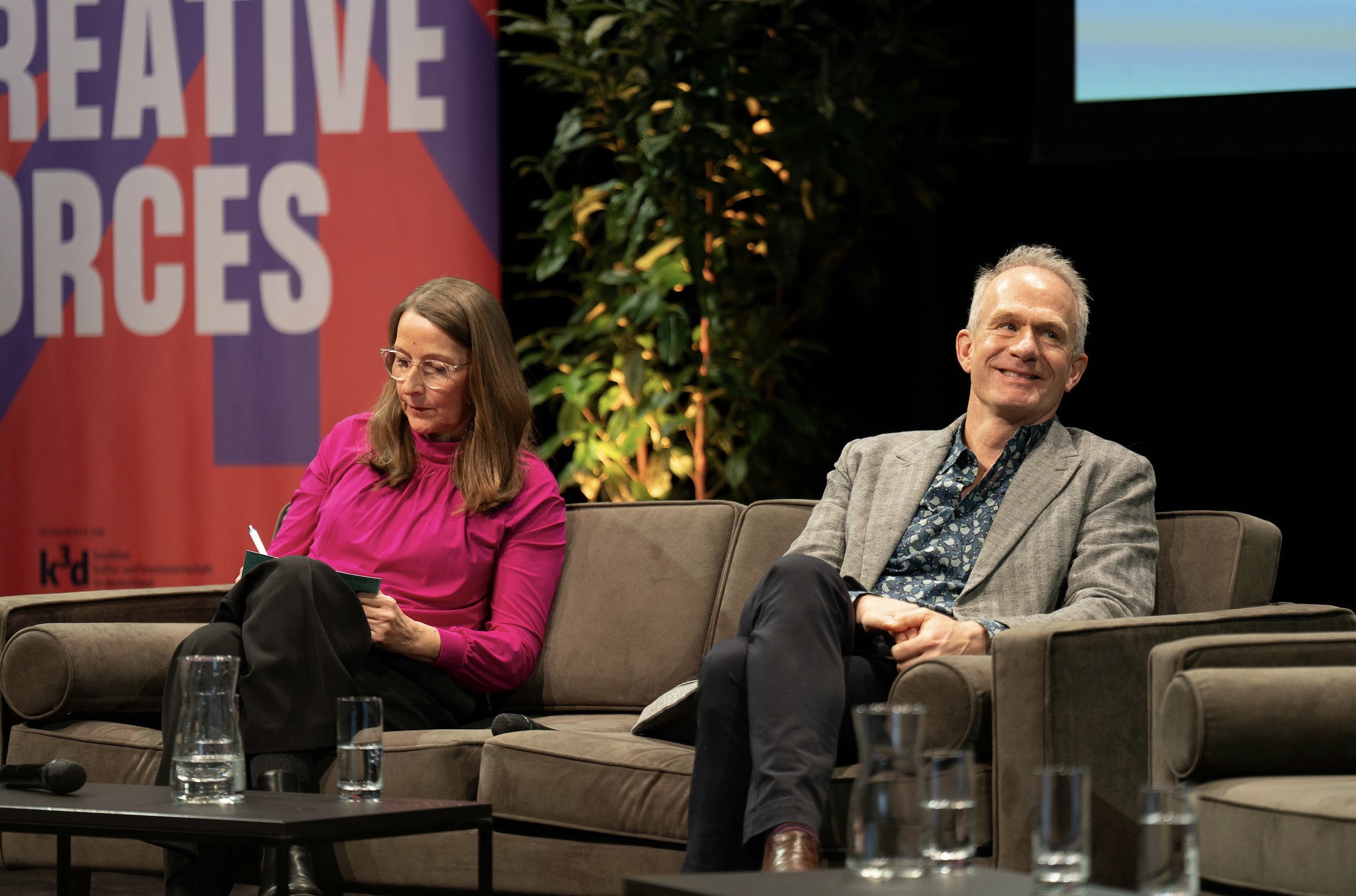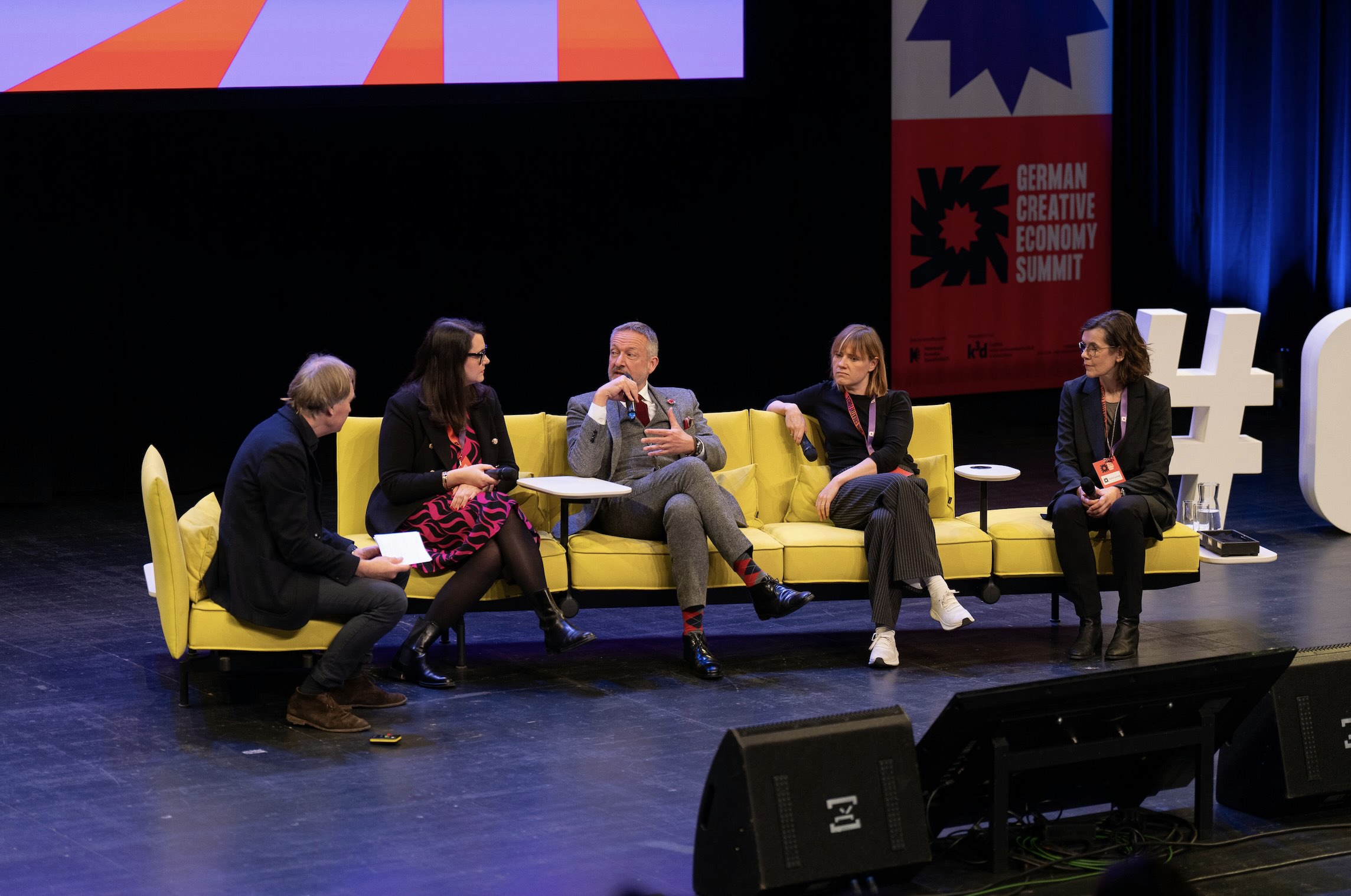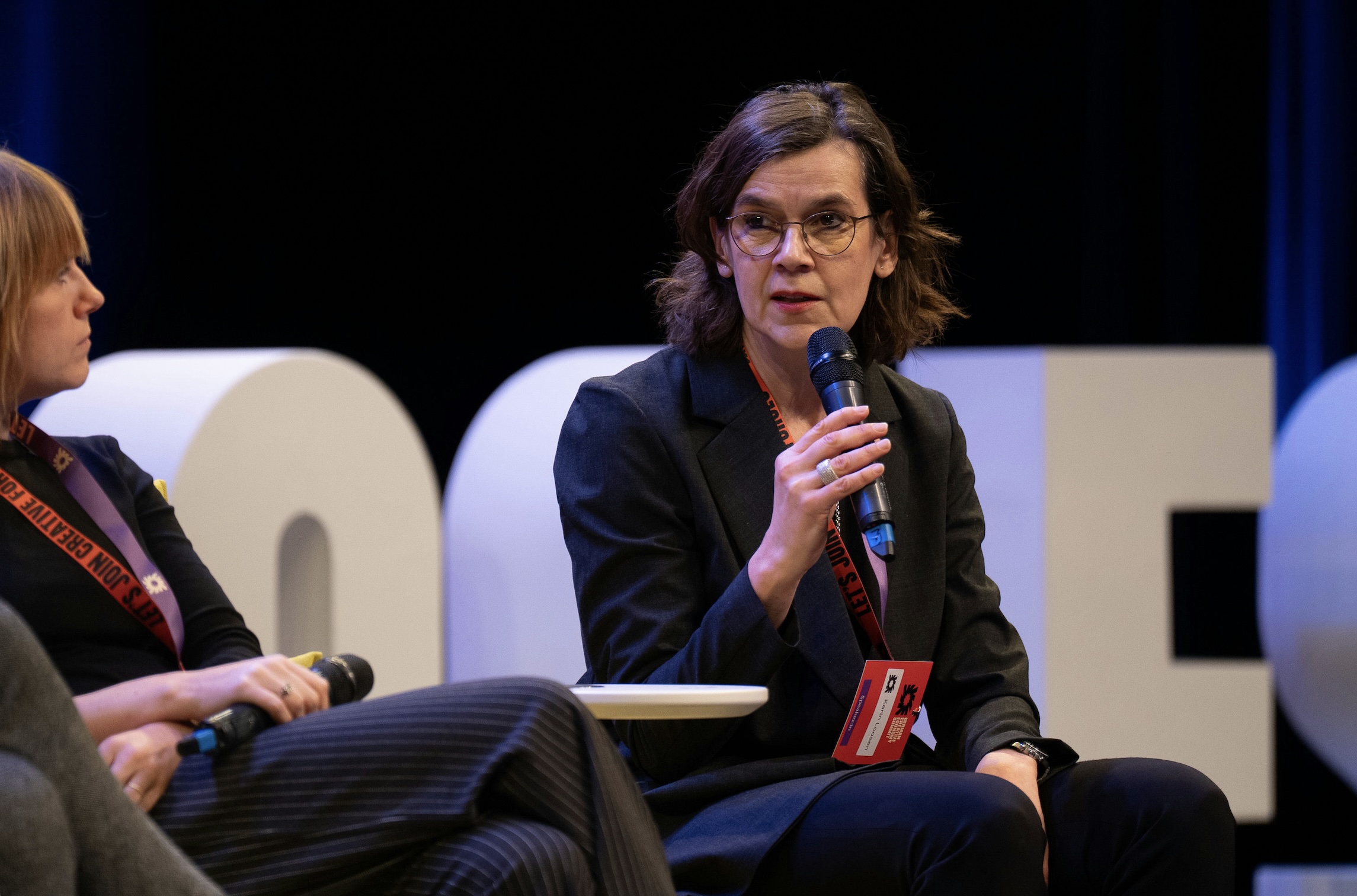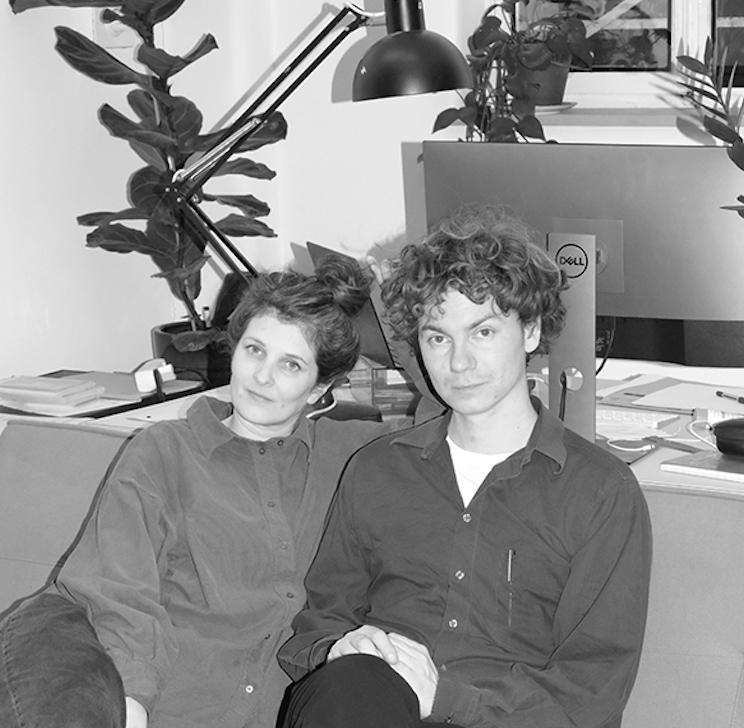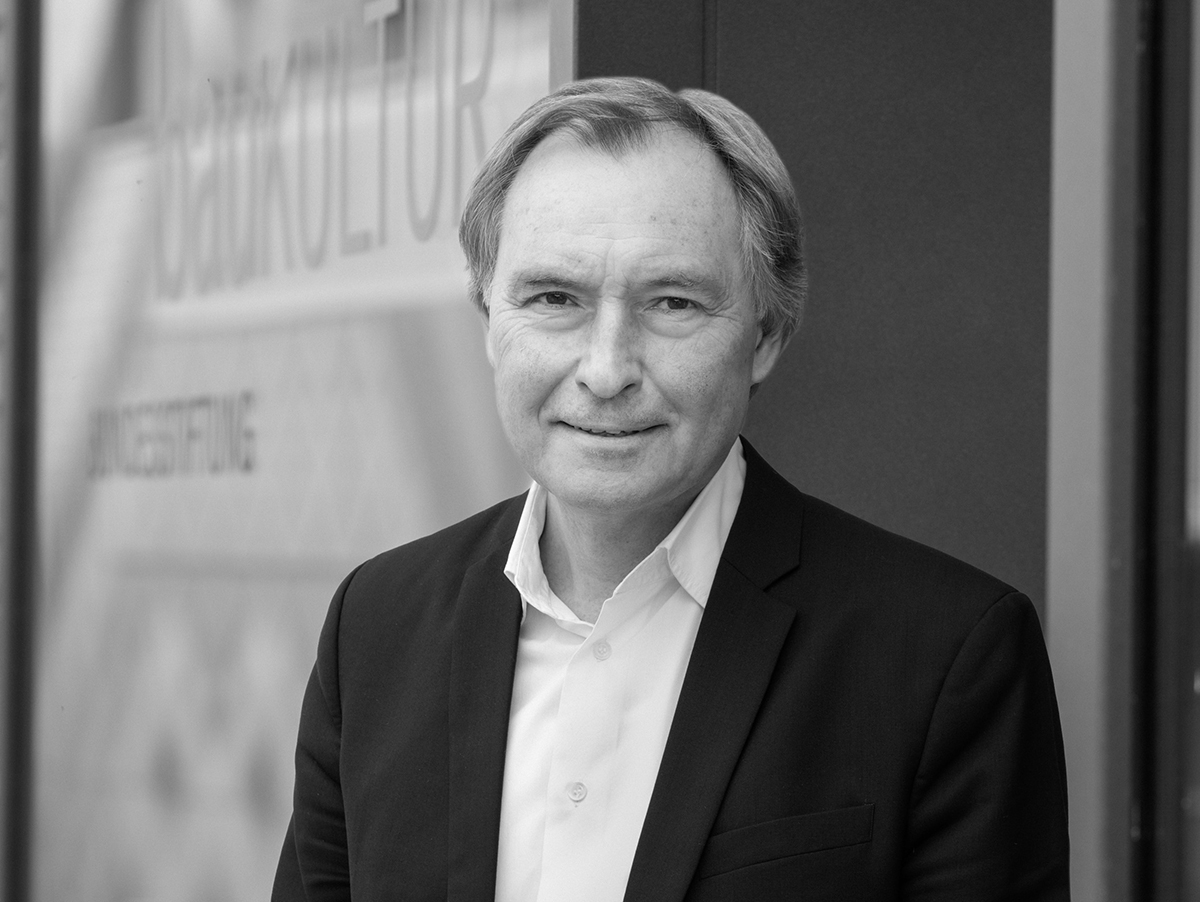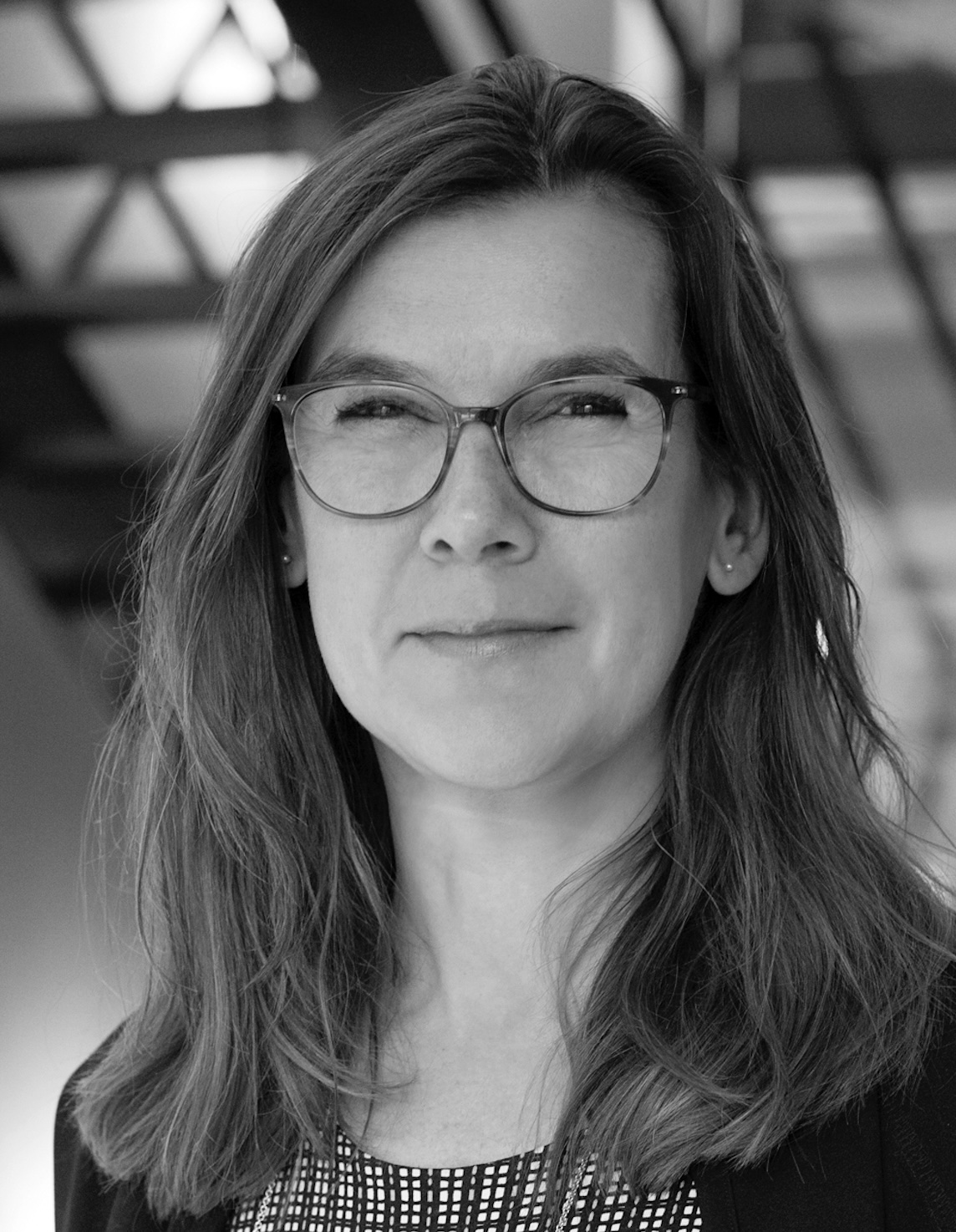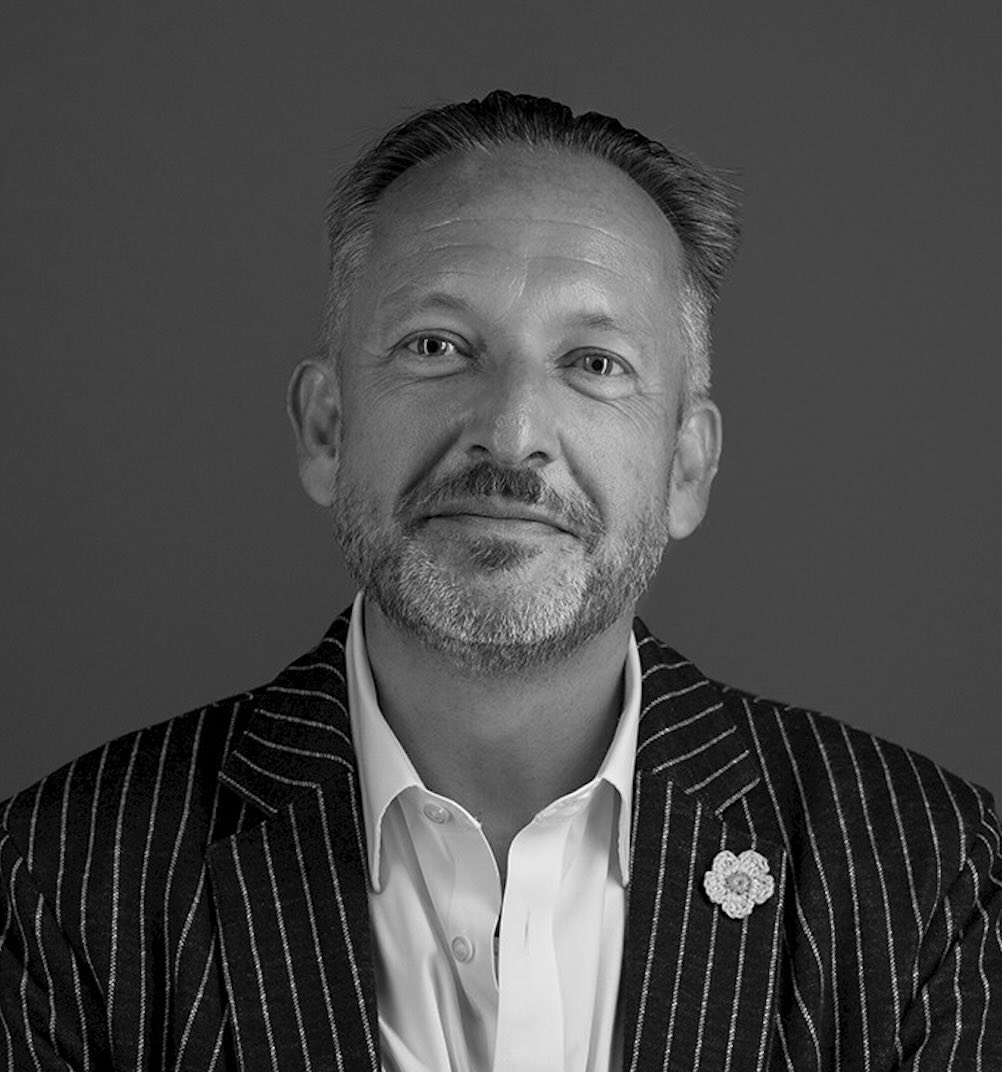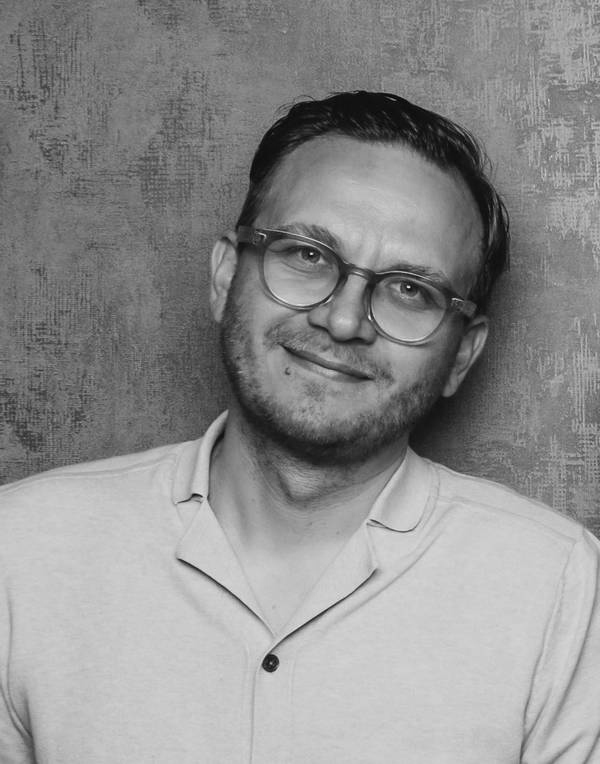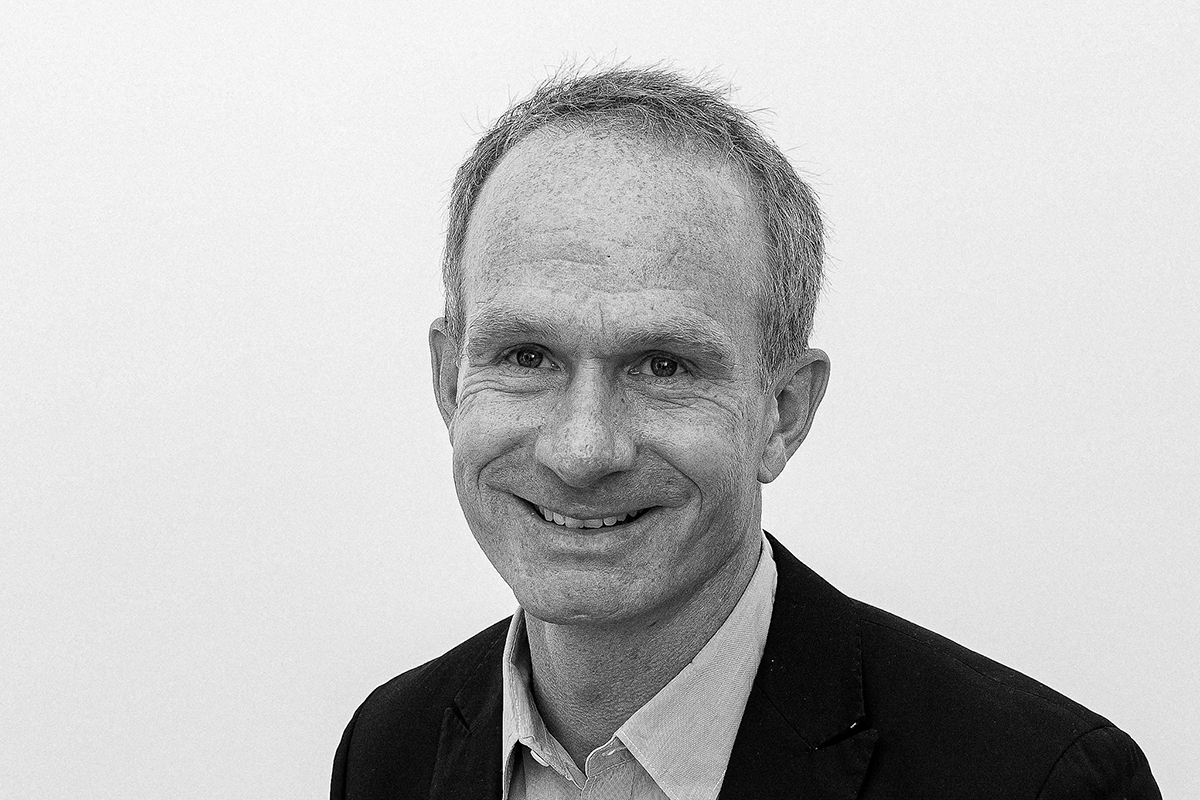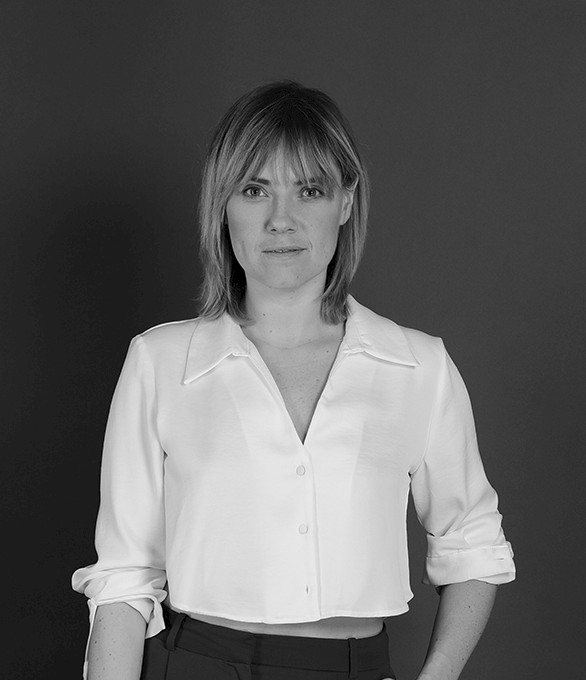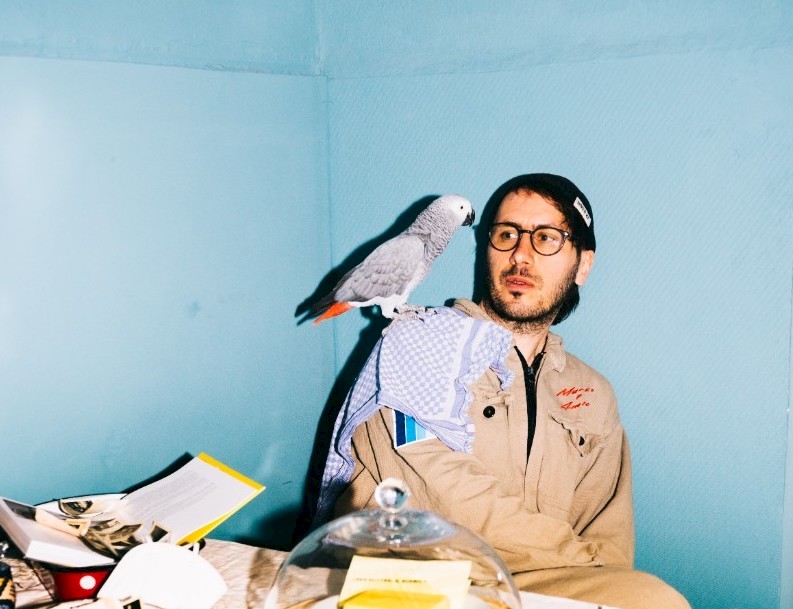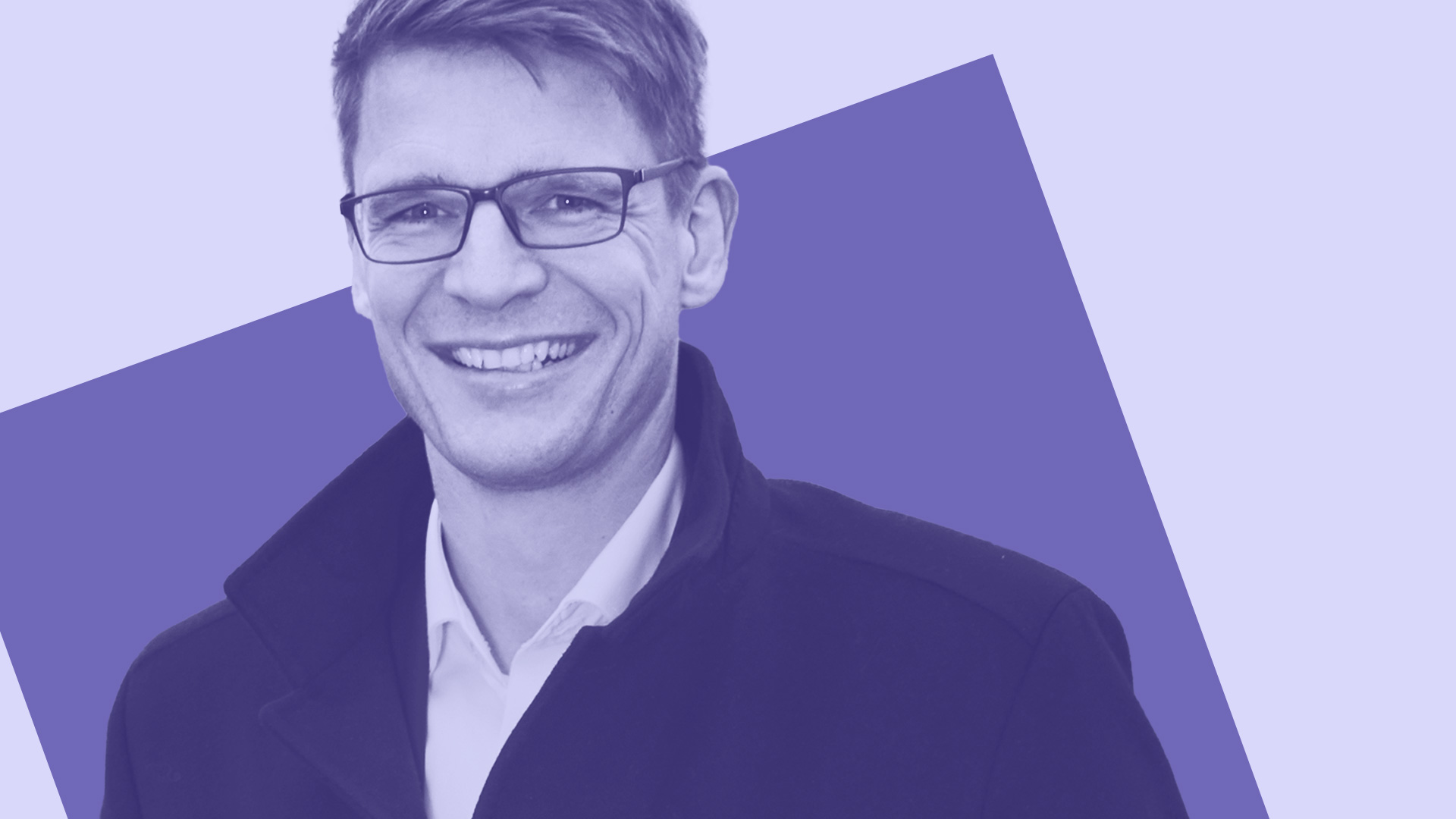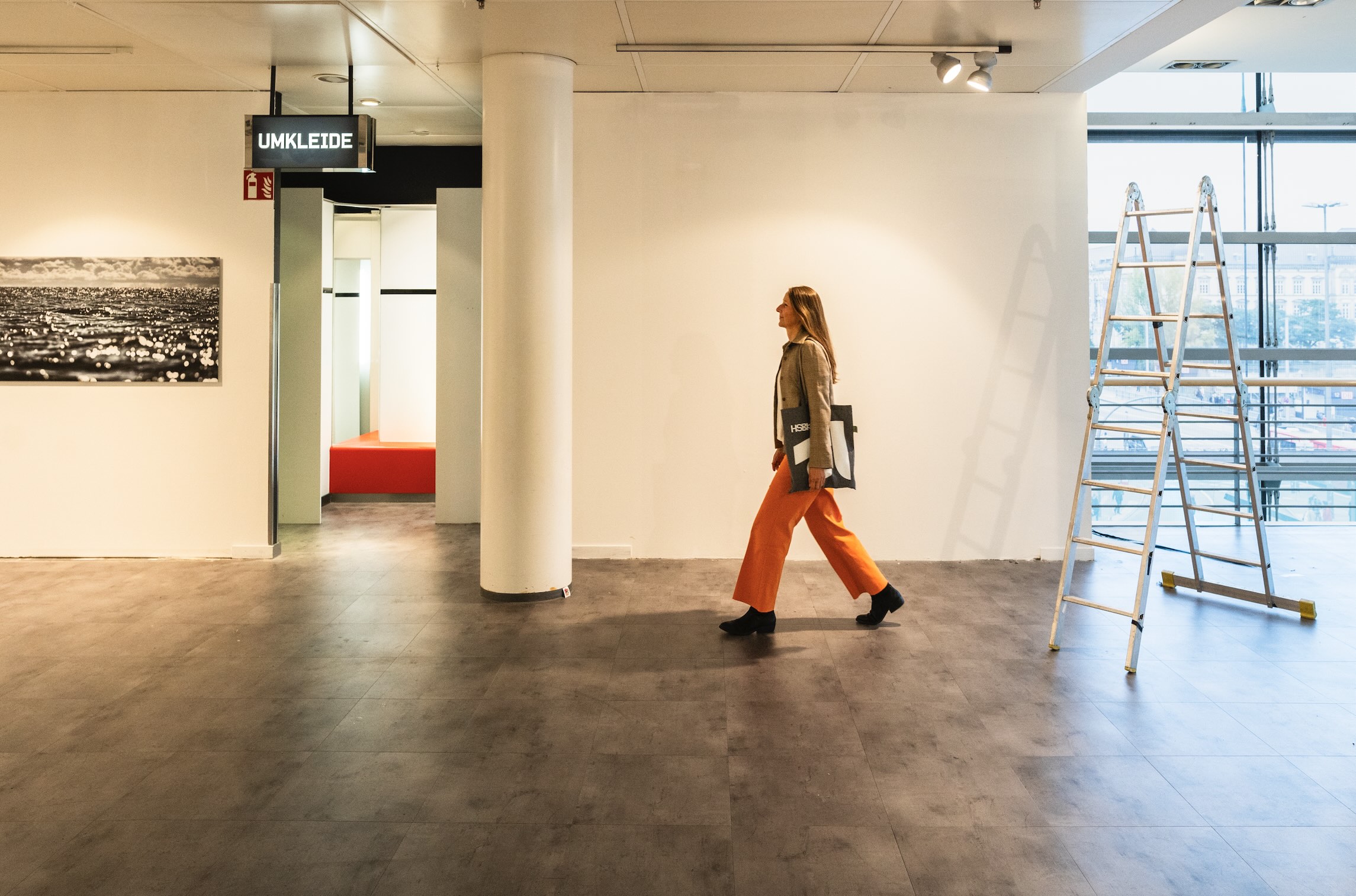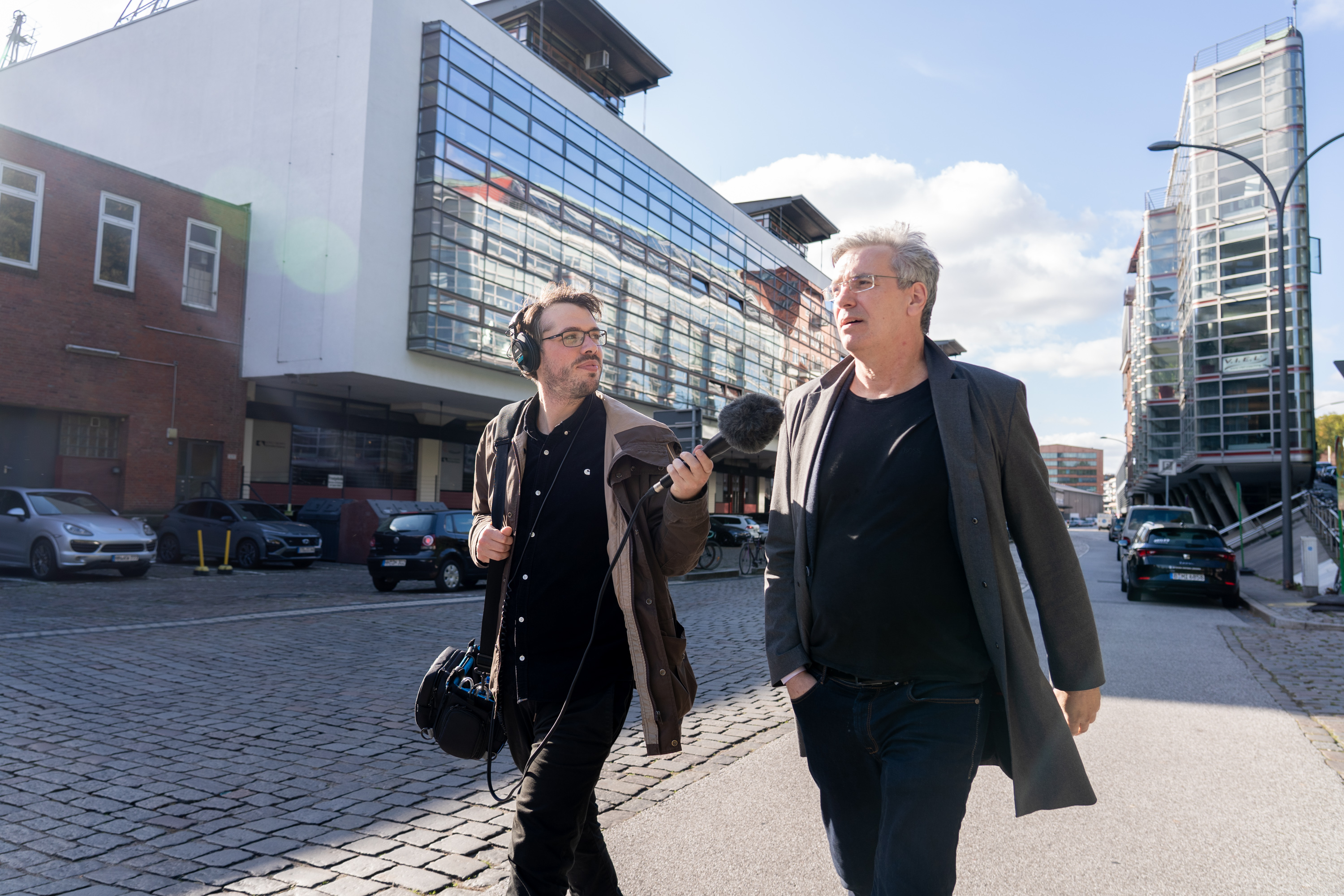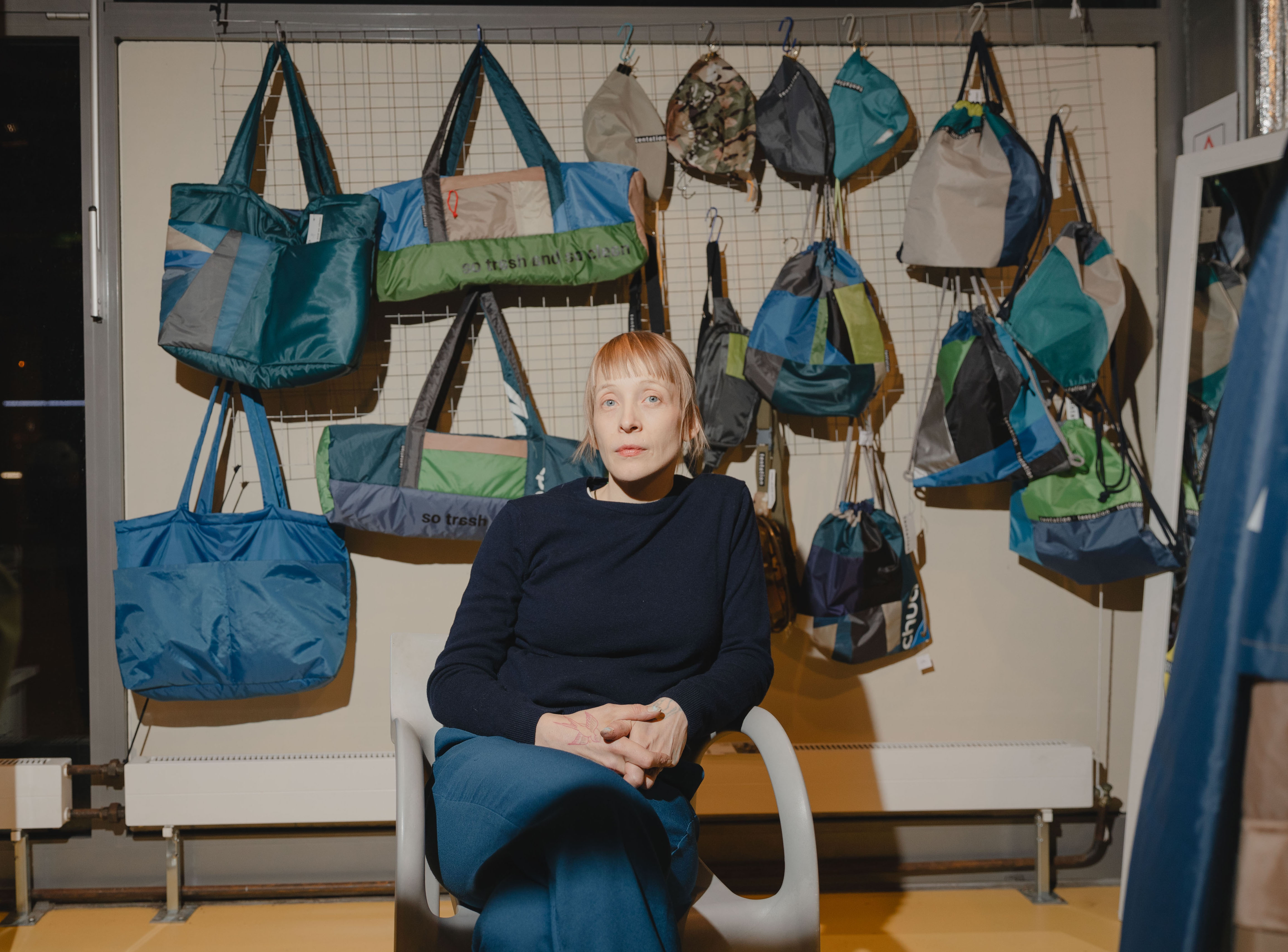But that's not all: Christian Ordon, Managing Director of the LiveMusikKommission e. V., emphasises that the industry must also make its influence visible through documentation. "A cultural register, such as the one Leipzig has, is a crucial aid in showing the size, breadth and diversity of a city's art and cultural venues," he emphasises from the perspective of live music venues. Joining forces, presenting a united front and making one's own impact visible - a task that is central to the influence of the creative industry.
4. Moulding ideas into form
Photography, design, text: Creative professionals not only have visions of a city worth living in, they can also present them in an appealing way. dr Bastian Lange, city maker, scientist and head of Multiplicities Berlin, calls this approach "telling approaches". He emphasises in the on-stage dialogue that the narrative skills of creatives can make a significant contribution to giving abstract visions a concrete form. A form that can also inspire others for the built environment. "This requires commitment and people who feel responsible for their city," emphasises futurologist Theresa Schleicher. Making ideas understandable and attractive? Not just a strength of creative minds since yesterday.
